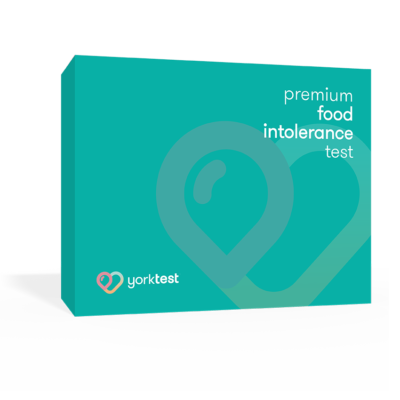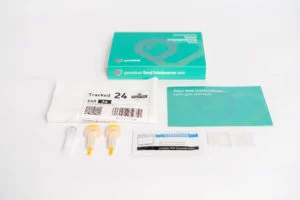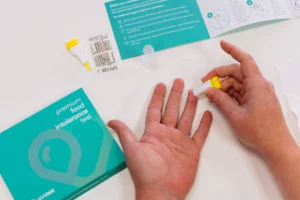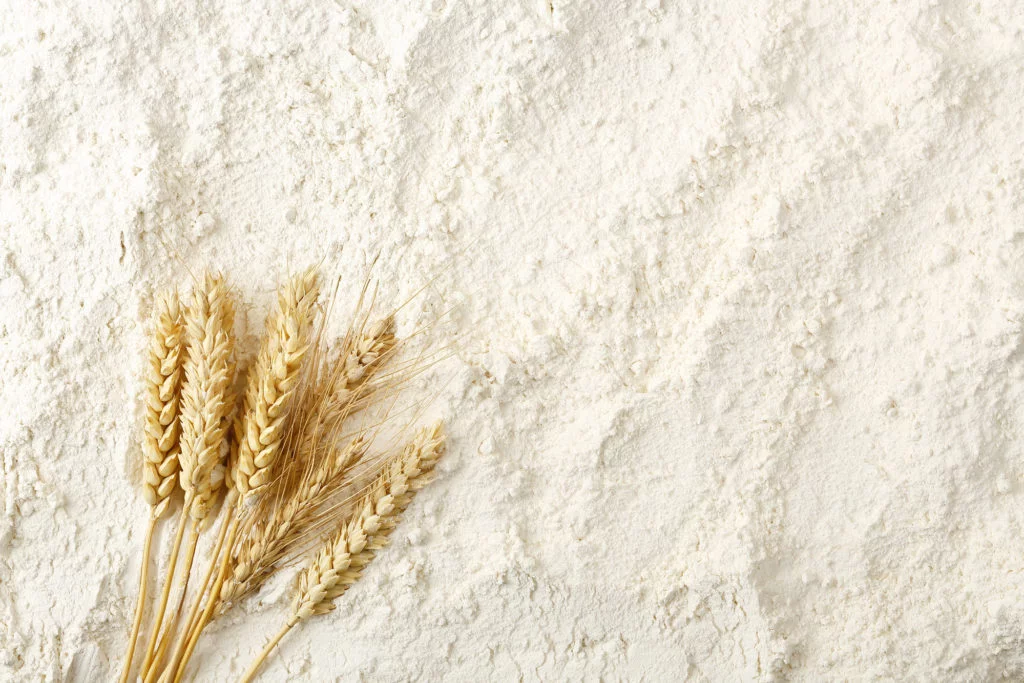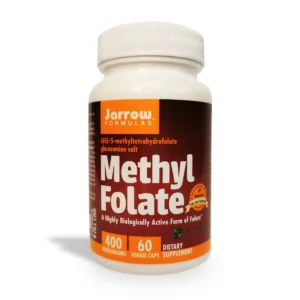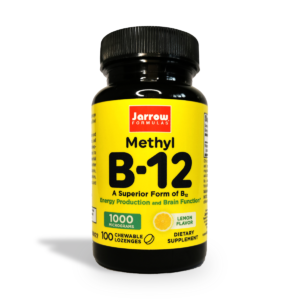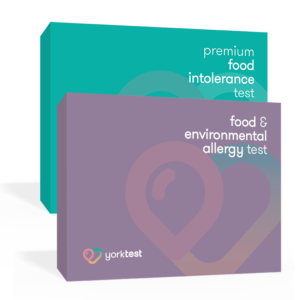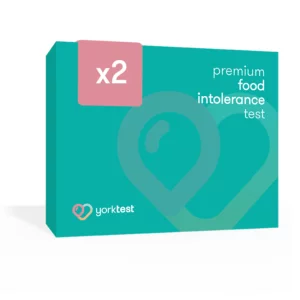What Is Lactose Intolerance?
Lactose intolerance is a relatively common digestive issue where the body is unable to fully digest lactose, a type of sugar that’s found in milk and other dairy foods. Typically, the body digests lactose using the lactase enzyme (Lactase-phlorizin hydrolase or LPH). The lactase enzyme helps to break down lactose into sugars called glucose and galactose. These are then able to be absorbed in the bloodstream. However, for people with lactose intolerance the small intestine does not produce sufficient lactase (known as a lactase deficiency).
Where the small intestine is unable to produce enough lactase enzyme, this allows unabsorbed lactose to pass into the colon. In the colon, the lactose is subjected to fermentation by anaerobic bacteria – known as “microflora” – leading to the production of gases like methane or water. This production of gas and water causes the symptoms of lactose intolerance. These typically develop within a few hours of consuming food and drinks containing lactose.
What Is The Difference Between Dairy Intolerance And Lactose Intolerance?
The difference between lactose and dairy intolerance is significant. While lactose intolerance is caused by a reaction to the sugar in milk, it is NOT the same as a dairy intolerance or allergy.
Lactose intolerance is a digestive issue that is caused by an enzyme deficiency. People with lactose intolerance don’t produce enough enzymes and, as such, are unable to fully digest lactose, which is a type of sugar that’s found in milk and dairy products
There are some similarities between lactose intolerance and both dairy allergies and intolerances. For example, the symptoms and reaction of a lactose intolerance can be similar to an IgG reaction to dairy. However, the most common form of lactose intolerance will affect people for life, much like an allergy.
If you have a dairy intolerance your body reacts negatively to a protein within dairy – often casein, albumin, whey, or a combination. This means that you should look to remove all animal milks – such as cow, sheep or goat – from your diet, unless each is separately tested for.
The different types of Lactase Deficiency
Lactase enzyme deficiency, causing lactose intolerance, is categorised by four different causes:-
Primary lactase deficiency
Primary lactase deficiency is by far the most common cause of lactose intolerance. The symptoms of this typically do not occur until adulthood, although they can present themselves at a younger age. This is caused by a genetic fault that leads the body to produce less lactase enzymes over time.
Secondary lactose deficiency
Secondary lactase deficiency, unlike Primary lactase deficiency, is not caused by a genetic fault, so can be corrected over time. Secondary lactase deficiency is most commonly caused by an illness and bacterial overgrowth – such as a stomach bug or coeliac disease – or it could be due to the medication that a person is taking (such as a course of antibiotics). In most cases, it can be triggered by a problem with the small intestine, and it can occur at any age. Unlike a primary deficiency, secondary lactose deficiency can usually be dealt with by treating the source illness (if possible), changes to or ending periods of medication, changes to diet, or even via taking lactase supplements.
Developmental lactase deficiency
Developmental lactase deficiency affects premature babies who are unable to produce sufficient lactase enzyme. This is only temporary, and the infant will outgrow this soon after birth.
Congenital lactase deficiency
Congenital lactase deficiency is an autosomal recessive disorder that affects newborn babies. The infant is either unable to produce sufficient lactase enzyme, or is unable to produce any lactase enzyme at all. This is an extremely rare condition but has very severe symptoms for the infant. This is caused by a genetic fault that’s present in both of the parents.


